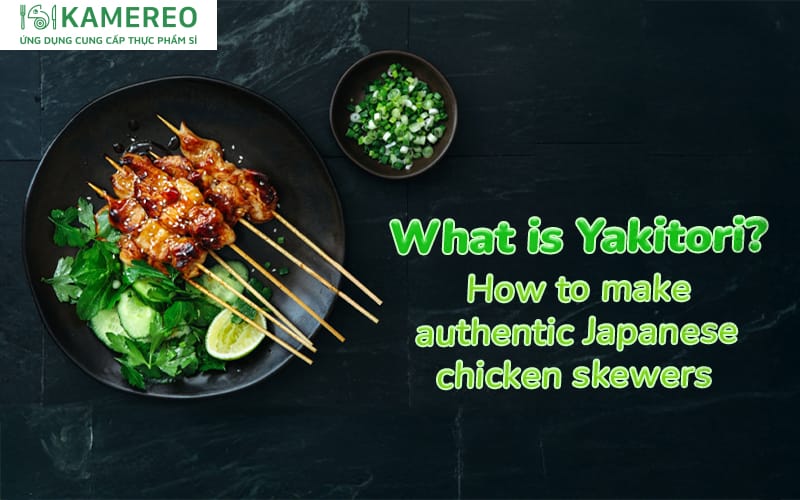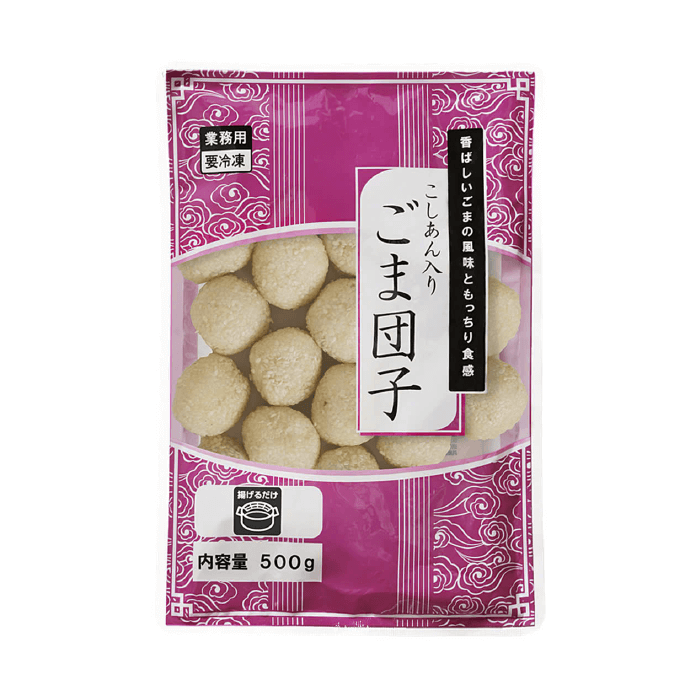Yakitori is a renowned grilled chicken skewer dish in Japanese street food. The dish is favored for its characteristic delicious aroma, especially suitable for gatherings with friends. With the detailed recipe guide Kamereo shares below, you can make authentic and delicious Yakitori right at home!
What is Yakitori?
Yakitori (焼き鳥) is a traditional Japanese grilled chicken skewer dish, using various parts such as breast, thigh, skin, liver, and giblets. The meat pieces are cut into bite-sized pieces, skewered onto bamboo or steel skewers (kushi – 串), and grilled over charcoal, often served with beer. Yakitori is also a general term for Japanese skewered grilled dishes.
Currently, Yakitori grilled skewers are served diversely at Yakitori-ya restaurants, Izakaya, or food stalls at festivals. Regarding seasoning, Yakitori is usually seasoned with salt or sauce and sometimes served with Ichimi pepper (seven-flavor chili), Japanese pepper powder, mustard, or peppercorns, depending on the diners’ preferences.
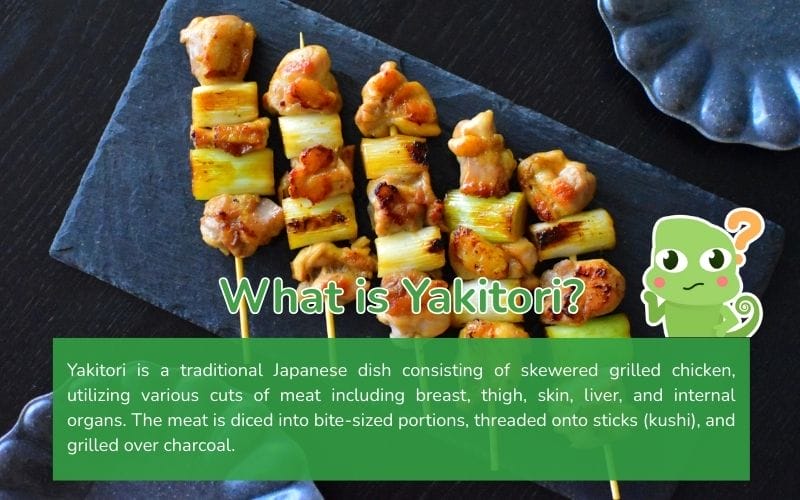
The Origin of Yakitori Grilled Chicken Skewers
Yakitori grilled chicken skewers originated from the change in the Japanese diet after the Meiji Restoration (1868), when chicken meat became a popular ingredient. Initially, skewered grilled stalls used chicken scraps to reduce costs, as chicken meat was still quite expensive at that time.
However, with the emergence of Yakiton (grilled pork) and Kushikatsu (deep-fried meat skewers) during the Taisho era, chicken farms began raising disease-resistant and low-cost chicken breeds, leading to the introduction of broiler chickens from the US after World War II. Around 1965, when Yakitori stalls developed strongly, the menu of this dish was completed as it is today.
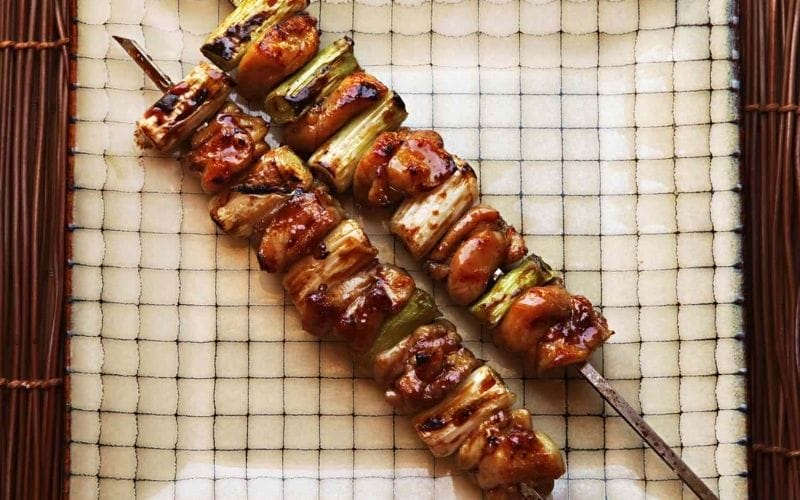
Types of Yakitori
To create diversity and appeal, Yakitori is made from various parts of the chicken, offering unique taste experiences:
- Negima Yakitori (chicken thigh): This is one of the most beloved types of Yakitori, combining chicken thigh (momo) with leek (negi). This combination creates a perfect balance between the sweetness of chicken and the mild spiciness of leek.
- Nankotsu Yakitori (chicken cartilage): This dish uses cartilage taken from the spine between the two chicken breasts. Although it has little meat, Nankotsu scores points for its crunchy texture and abundant collagen content, providing an interesting experience for diners.
- Reba Yakitori (chicken liver): For those who love rich flavors, Reba is a delicious, fatty grilled chicken liver skewer.
- Tebasaki Yakitori (chicken wings): Golden crispy grilled chicken wings are a favorite of many. At eateries, Tebasaki is often served in pairs, ideal for enjoying with friends.
- Torikawa Yakitori (chicken skin): Also known simply as Kawa, this dish uses fatty chicken skin, grilled until crispy. Torikawa is especially appealing to those who love fatty and crispy flavors.
- Tsukune Yakitori (minced chicken): This is a meatball dish made from minced chicken, eggs, vegetables, and spices. Tsukune is often shaped into rounds or lengths, with a soft, moist texture and rich flavor.
- Momo Yakitori (chicken thigh): Momo is a skewer made from tender and sweet chicken thigh pieces, very appealing.
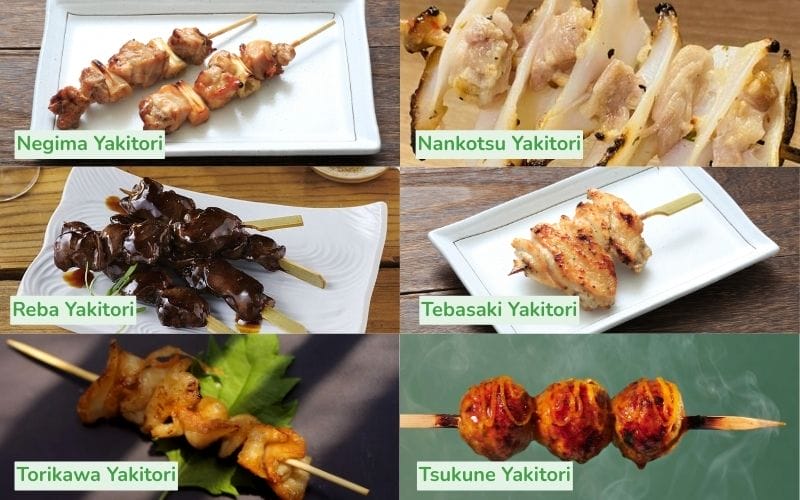
In addition, Yakitori is also classified by seasoning methods, creating a variety of flavors:
- With salt: This seasoning method helps preserve the natural flavor of the ingredients, often applied to chicken fillet, chicken wings, neck meat (Seseri), cartilage, and chicken gizzard.
- With sauce: The characteristic sweet and salty sauce of Yakitori enhances the rich flavor of the dish, often used for Negima, Kawa, Tsukune, chicken liver, heart, etc.
How to Eat Yakitori Properly
Yakitori Japanese grilled chicken skewers are not bound by any eating rules. Some people like to remove the meat from the skewers before eating, while others believe this reduces the heat and flavor of the meat. Therefore, eating directly from the skewers is preferred by many to retain the full delicious flavor.
At typical Yakitori-ya shops, Yakitori is often sold per skewer or in pairs, with prices ranging from 100 to 200 yen per skewer. In addition, many restaurants also serve combination meals, including various types of Yakitori.
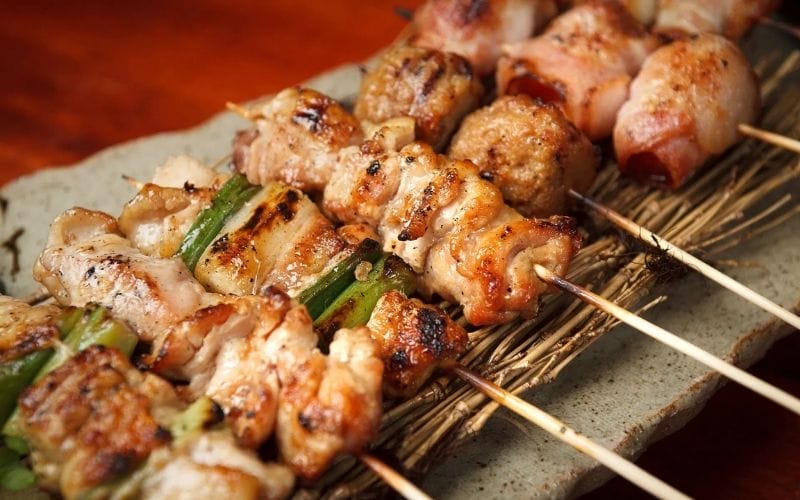
How to Make Yakitori Grilled Chicken Skewers at Home
Making delicious Yakitori skewers with authentic Japanese flavor at home is not difficult, just prepare all the ingredients and follow these detailed steps:
Ingredients
- Chicken thigh: 500gr
- Green onion: 2 stalks
- Ginger: 1 knob
- Sesame oil: 15ml
- Brown sugar: 2 teaspoons
- Soy sauce: 1/2 cup
- Mirin: 1/2 cup (a basic seasoning wine in Japanese cuisine)
- Sake: 1/4 cup
- Water: 1/4 cup
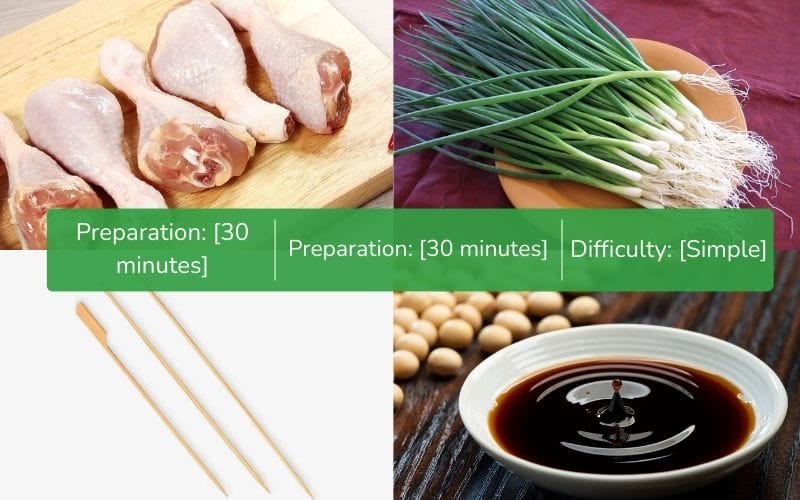
Purchase ingredients to make authentic Japanese Yakitori grilled chicken skewers at Kamereo:
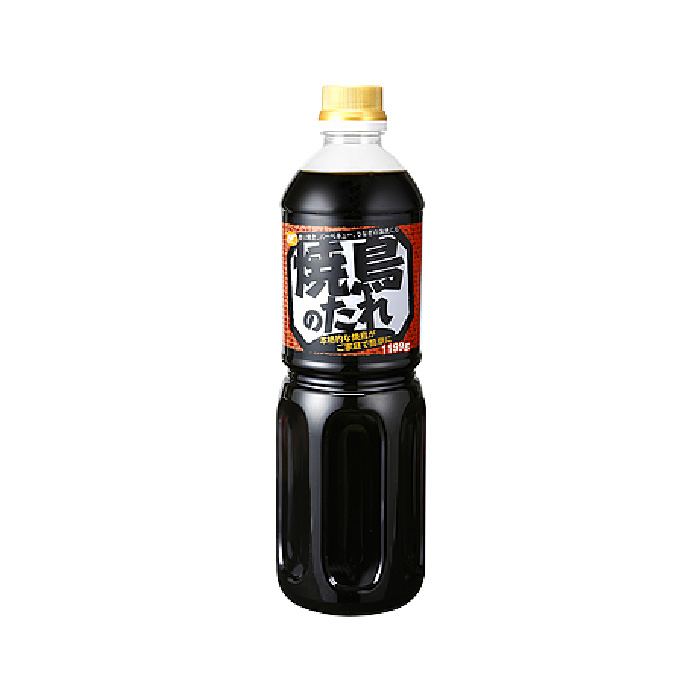
Yakitori Sauce 1199g
95,000đ/BOTTLE
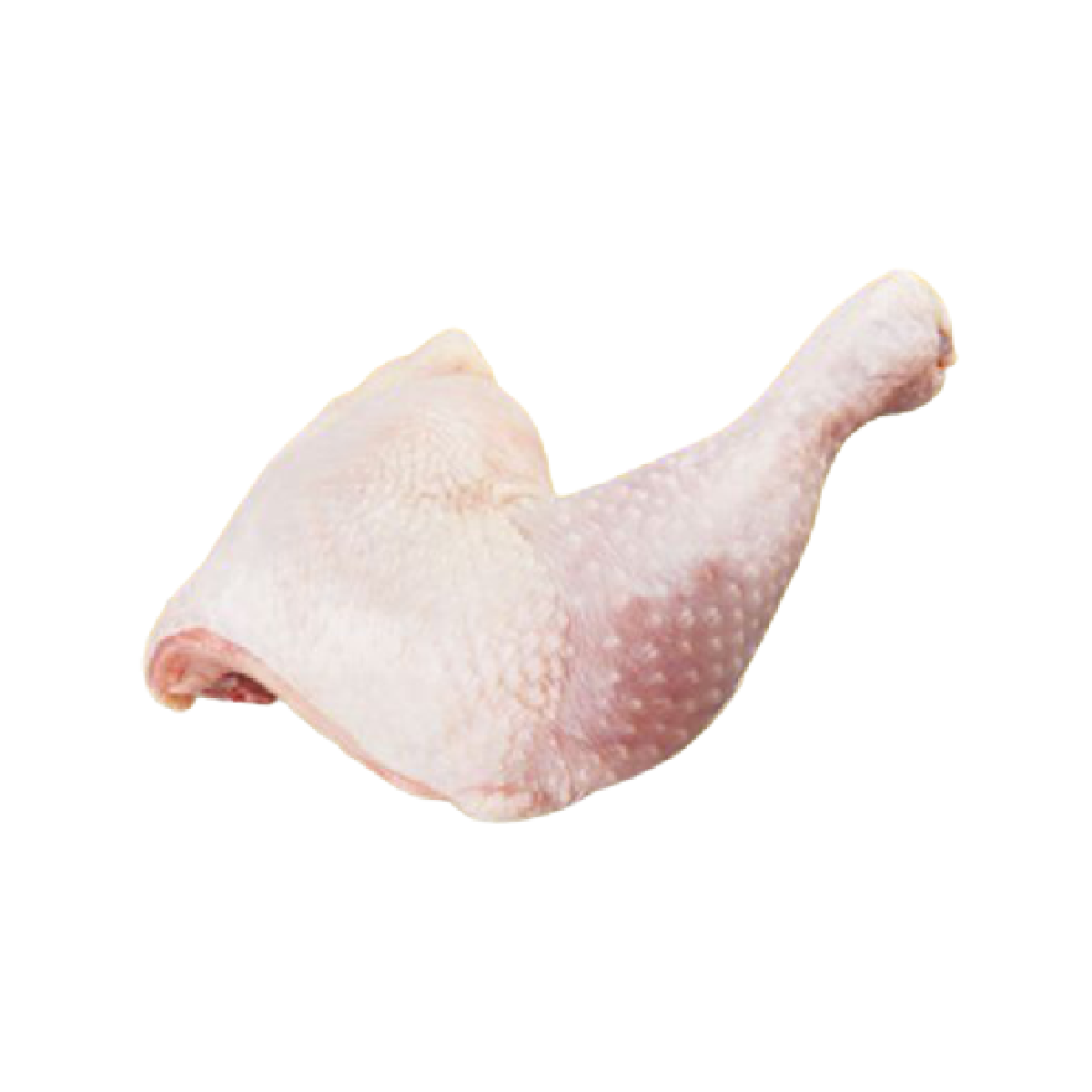
CP Frozen Chicken Leg Quarter 1kg
87,000đ/PACK
107,000đ/PACK

Green Onion South
45,000đ/KILOGRAM

Ginger
79,000đ/KILOGRAM
92,500đ/KILOGRAM
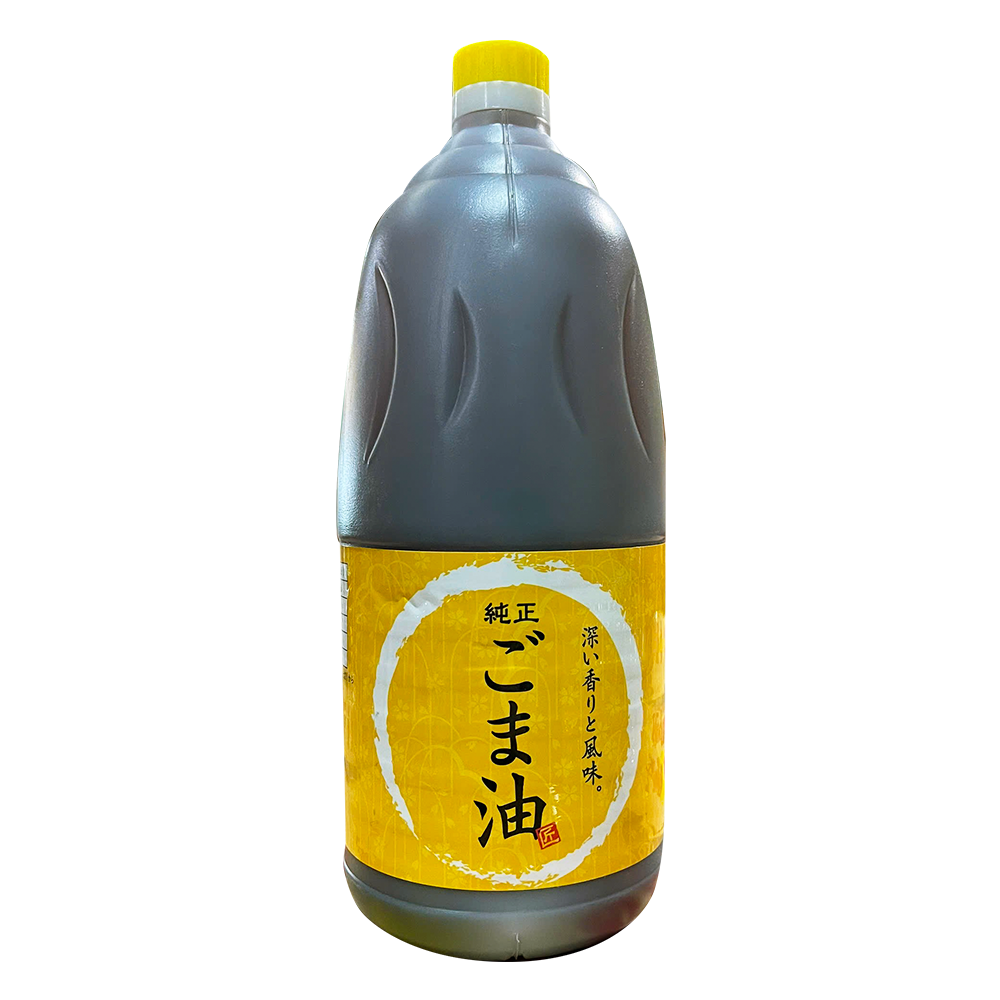
Sesame Oil 1.65kg
450,000đ/BOTTLE

Kobe Bussan Black Sugar Syrup 1kg
180,000đ/BOTTLE
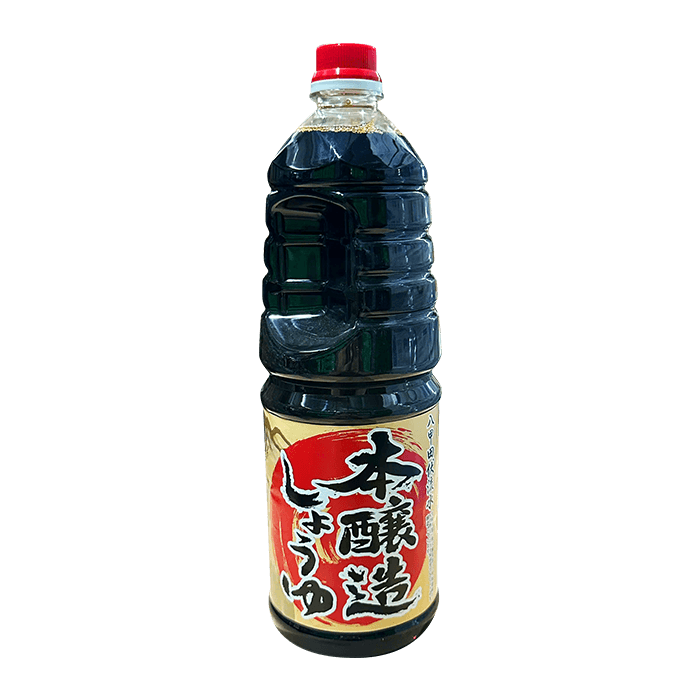
Kobe Bussan Soy Sauce 1.8L
80,000đ/BOTTLE
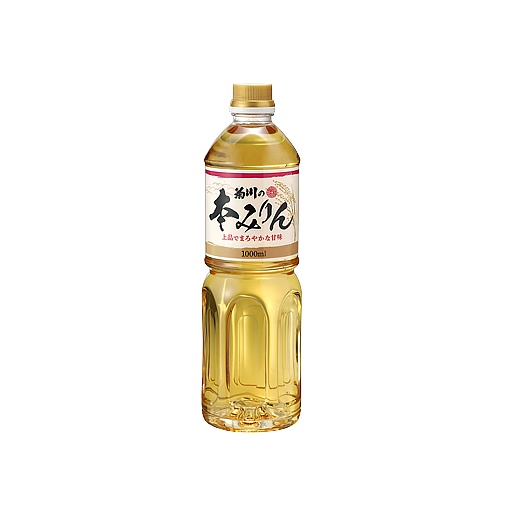
Hon Mirin Cooking Seasoning 1L
85,000đ/BOTTLE
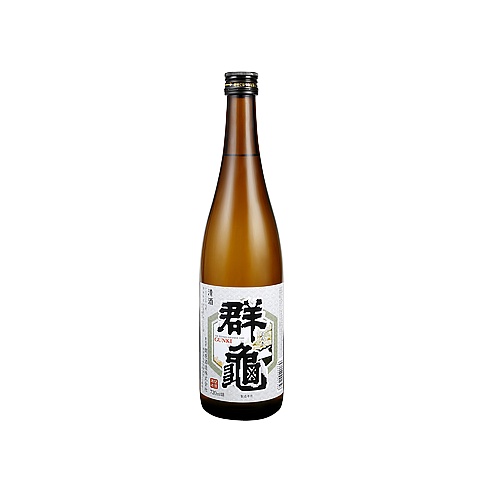
Gunki Sake (15% ABV) 720ml
200,000đ/BOTTLE
Instructions
Yakitori is not only appealing for its characteristic delicious flavor but also for its meticulous and sophisticated preparation:
Step 1. Prepare the ingredients:
- First, soak bamboo skewers in water for about 30 minutes, ensuring the skewers do not burn when grilled over charcoal.
- Next, separate the white part of the green onions, and finely chop the green part.
- Finally, cut the chicken into bite-sized pieces.
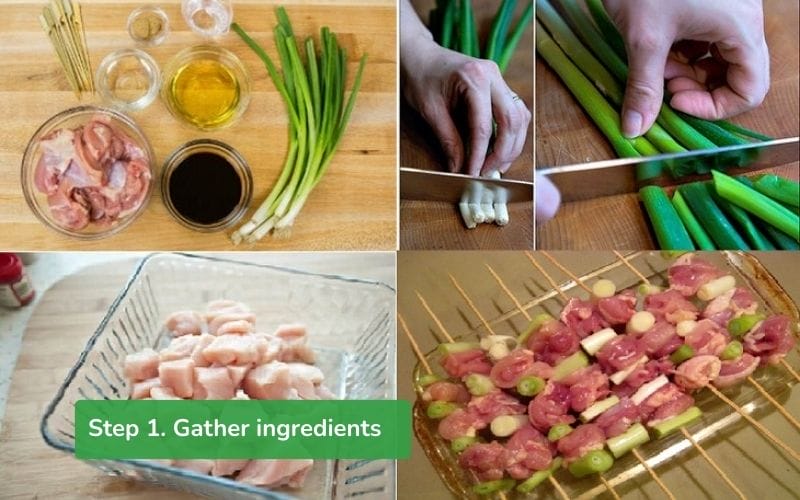
Step 2. Prepare the sauce and skewer the chicken:
- First, put the prepared ingredients including sesame oil, mirin, soy sauce, sake, water, sugar, ginger, and chopped green onions into a non-stick pan. Then, bring the mixture to a boil over high heat.
- Once the mixture boils, reduce the heat and simmer for about 30 minutes until the sauce thickens.
- Next, fold the chicken piece in half, skewer it onto the soaked bamboo skewers, and alternate the chicken and white part of the green onions. Each skewer should have about 4 slices of chicken and 3 pieces of onion.
- You can grill the chicken in the oven, but Yakitori is most delicious and authentic when grilled over charcoal.

Step 3. Grill the chicken:
- Grill the skewers for 6 minutes, then brush the sauce on both sides, grill for another 4 minutes until the chicken is just cooked.
- Once the skewers are cooked, place them on a plate and brush with a final layer of sauce. When enjoying, depending on your preference, you can sprinkle with a little chili, seven-flavor chili, or peppercorns, or dip in tare sauce.

Where to eat delicious Yakitori?
Here are some suggestions for places to enjoy delicious Yakitori, with a variety of options from luxurious restaurants to affordable eateries:
Izakaya Unatoto in Ho Chi Minh City
General information:
- Address: 56 Truong Dinh, Ben Thanh Ward, District 1, Ho Chi Minh City.
- Phone: 028 3620 6840
- Operating hours: 11:00 AM – 11:00 PM daily.
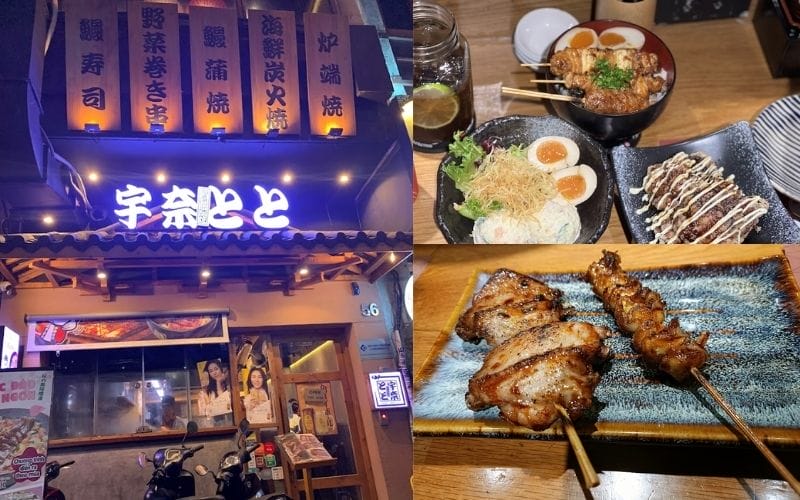
Izakaya Unatoto is an ideal destination for those who love Japanese cuisine, with its famous eel rice and Yakitori skewers. Here, diners can enjoy delicious eel and Yakitori skewers, grilled directly over charcoal, creating a crispy crust and tender meat.
Aka Ryu Yakitori in Ho Chi Minh City
General information:
- Address: 69 Cach Mang Thang Tam, Pham Ngu Lao Ward, District 1, Ho Chi Minh City.
- Phone: 0932 111 877
- Operating hours: 11:00 AM – 2:00 PM and 5:00 PM – 12:00 AM.
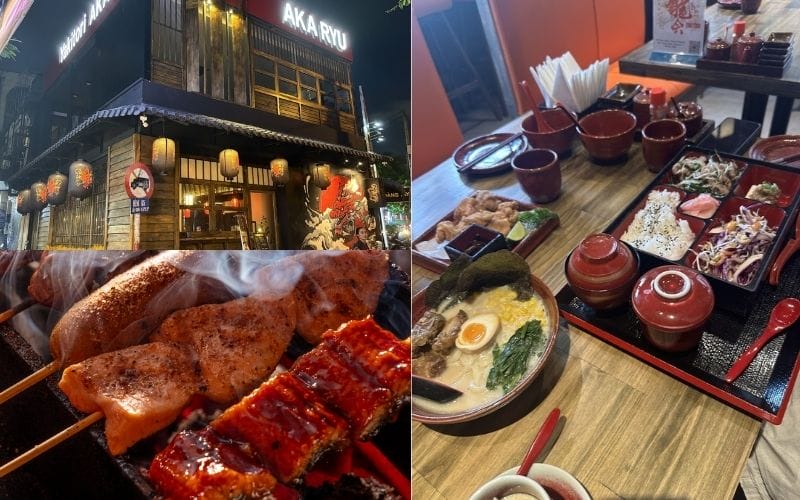
Aka Ryu Yakitori offers a diverse Japanese culinary experience, from charcoal-grilled yakitori skewers to fresh sashimi. The ingredients here are carefully selected, ensuring the freshest flavors. The restaurant also has a happy hour promotion from 5 PM to 7 PM, with attractive deals on beer, wine, and cocktails.
Yakitori MoMichan in Hanoi
General information:
- Address: 178C Xuan Dieu Street, Quang An, Tay Ho District, Hanoi.
- Phone: 0394 755 658
- Operating hours: 5:00 PM – 11:00 PM (Monday – Friday), 11:30 AM – 11:00 PM (Saturday – Sunday)
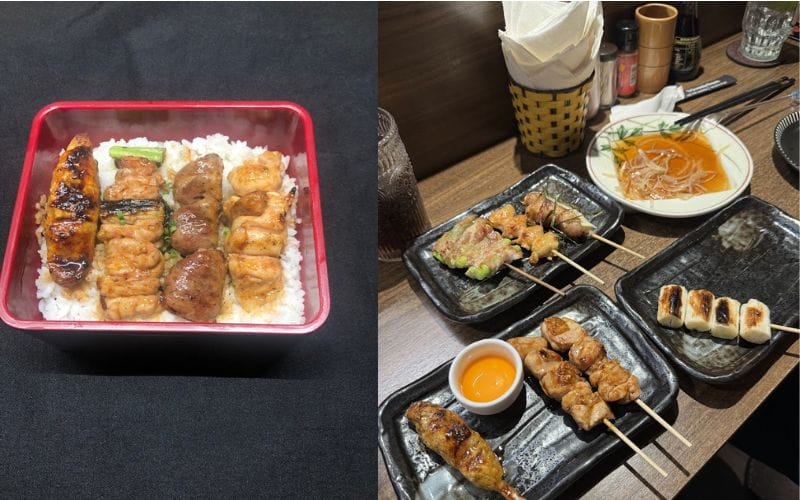
Yakitori MoMichan in Hanoi is famous for its menu of 100 chicken dishes. The unique feature of the restaurant is that the chicken is prepared right in front of customers without complicated marinating, only using Himalayan pink salt. The skewers at MoMichan are grilled over white charcoal, creating a distinctive flavor, tender meat, and smoky aroma.
Shamoji Robata Yaki in Hanoi
General information:
- Address: 132 Do Dinh Thien Street, My Dinh, Nam Tu Liem District, Hanoi.
- Phone: 0916 906 880
- Operating hours: 10:30 AM – 2:00 PM and 5:00 PM – 10:00 PM.
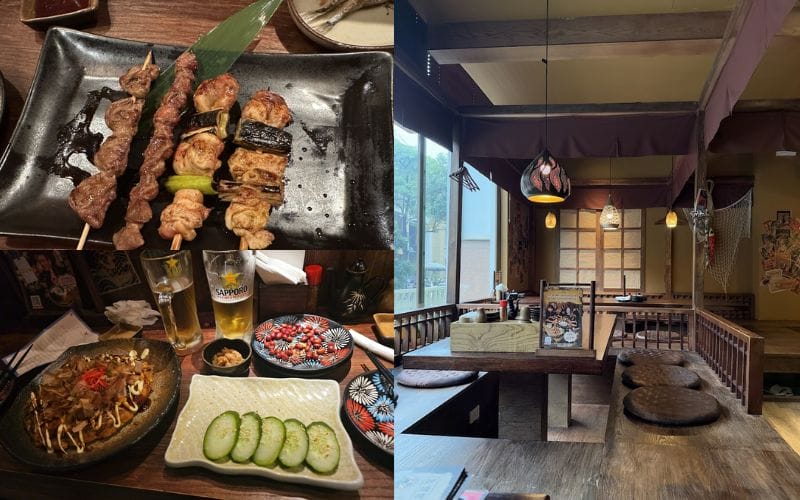
Shamoji Robata Yaki offers a unique culinary space, inspired by the bustling izakaya pubs of Japan. Here, diners have the opportunity to experience the traditional Robata Yaki grilling style, originating from the simple meals of fishermen at sea. The fragrant grilled dishes are served on giant Shamoji spatulas, creating a distinctive culinary culture that attracts.
Omoide Yokocho in Japan
General information:
- Address: 1 Chome-2 Nishishinjuku, Shinjuku City, Tokyo, Japan.
- Website: https://shinjuku-omoide.com/
- Operating hours: Open all day.
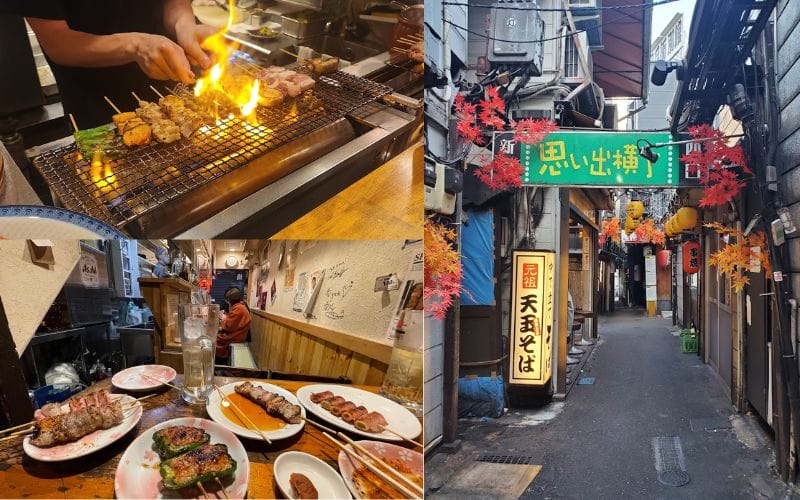
Located near the west exit of Shinjuku Station, Tokyo, Omoide Yokocho is a nostalgic street, formed from a spontaneous post-war market. Currently, on an area of about 2000 square meters, Omoide Yokocho has about 80 shops, including 60 restaurants specializing in grilled dishes such as motsuyaki and yakitori. The bustling atmosphere and unique ancient features have made this place an attractive destination for foreign tourists.
Yurakucho in Japan
General information:
- Address: Yurakucho, Chiyoda, Tokyo, Japan.
- Operating hours: Open all day.
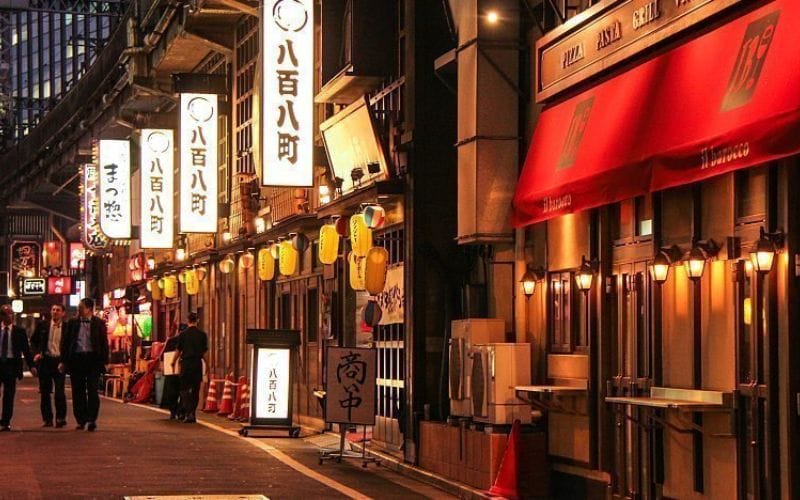
Yurakucho is another vibrant area of Tokyo, famous for its izakaya and yakitori bars located under the railway bridges, called “gado-shita”. These eateries are a familiar destination for local business people, attracted by the cozy atmosphere and affordable prices. Yurakucho offers a typical street food experience, different from the bustle of Omoide Yokocho.
Nakasu in Japan
General information:
- Address: Nakasu, Hakata Ward, Fukuoka, Japan.
- Operating hours: Open all day.
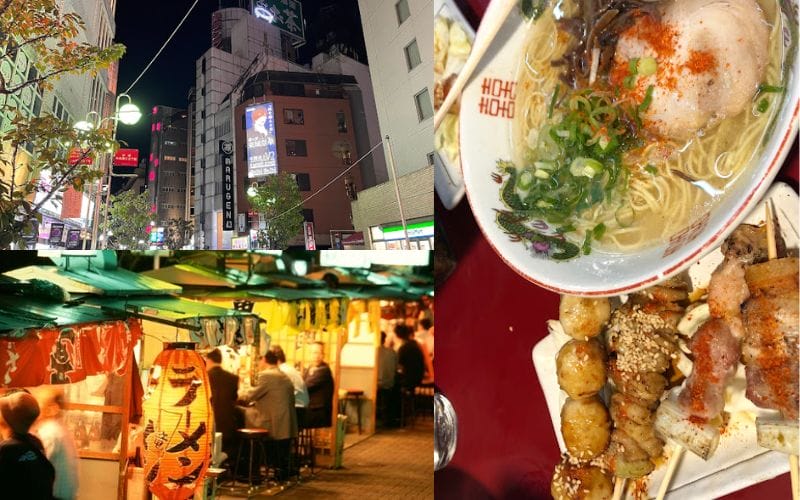
Nakasu is a bustling entertainment island in Hakata City, Japan, with many nightclubs, izakaya bars, and other entertainment venues. In particular, visitors can enjoy street foods such as steamed buns and grilled yakitori skewers at riverside yatai stalls. In addition, Seiryu Park is also an ideal destination for concerts, night markets, and sightseeing from the ancient lantern tower.
Kamereo – Supplier of Yakitori ingredients at good prices
Kamereo is a wholesale food platform and a strategic partner of Gyomu Japan, Japan’s leading domestic supermarket chain, providing genuine, high-quality Japanese standard ingredients. With a rigorous quality control process and modern storage facilities, Kamereo confidently ensures that products always meet the best quality standards when they reach customers.
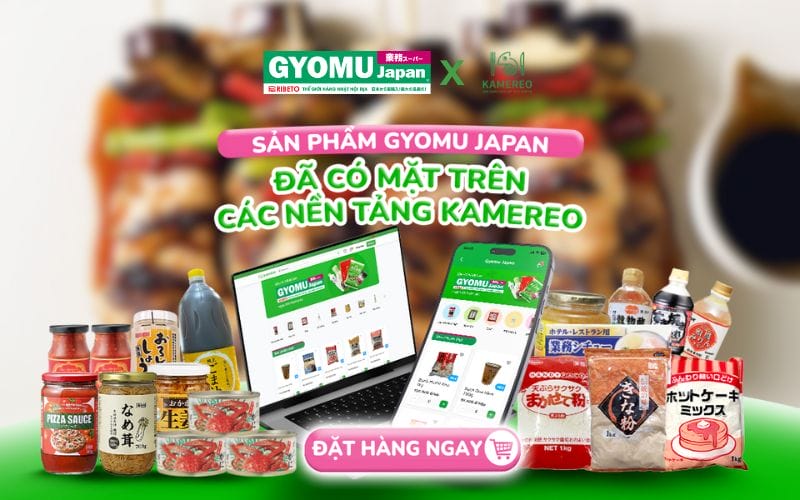
In addition, Kamereo helps businesses optimize their procurement process through comprehensive supply solutions, accompanied by guaranteed quality and fast delivery speed. On the other hand, we also own a diverse product portfolio of over 3000 types, allowing businesses to work with only one supply partner, thereby saving costs and optimizing time.
In addition, at Kamereo, customers can easily update product prices online on the application and website. Our staff also proactively send monthly price quotes, allowing customers to quickly grasp an overview of product price changes, thereby easily tracking and controlling budgets.
In particular, Kamereo supports businesses to place orders until 12:00 PM and receive goods before 6:00 AM the next day. We also score points with our co-inspection policy upon receipt, ensuring product quality is always in the best condition when it reaches customers.
Best-selling Japanese standard domestic products at Kamereo:
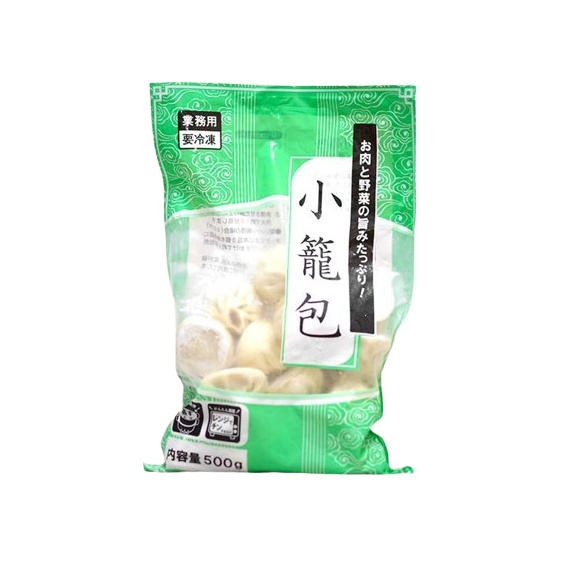
Frozen Soup Dumplings 500g
199,000đ/PACK
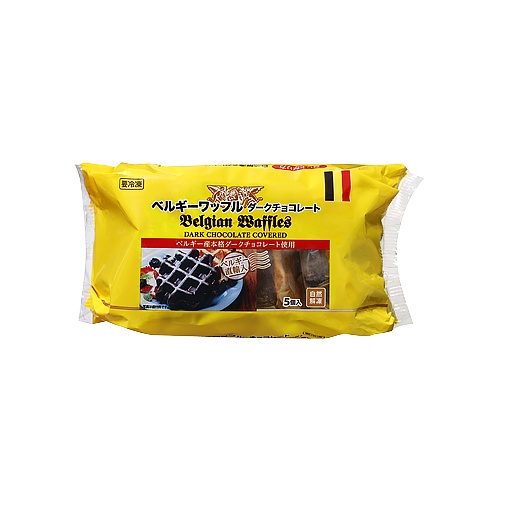
Belgian Frozen Waffle With Chocolate Flavor 300g
100,000đ/PACK
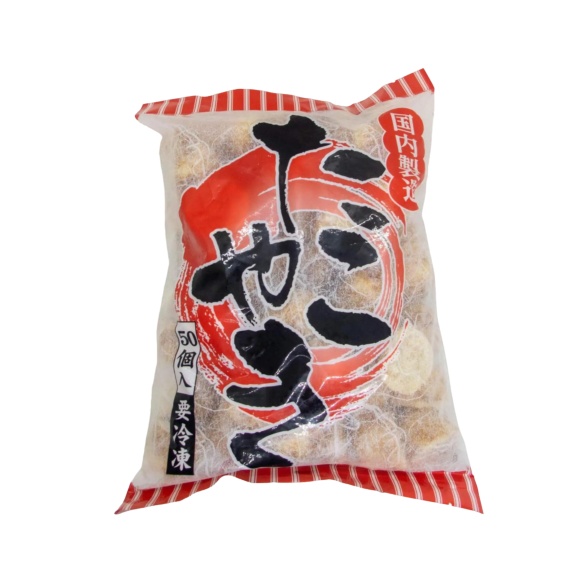
Frozen Takoyaki (Octopus Balls) 1kg
219,000đ/PACK
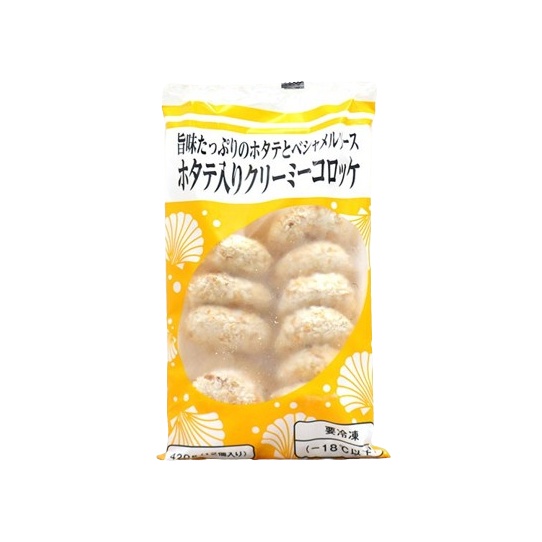
Frozen Fried Scallop Cakes With Cream Sauce 420g
175,000đ/PACK

Frozen Churros 500g
52,683đ/PACK
54,000đ/PACK

Frozen Strawberry Churros 500g
55,000đ/PACK
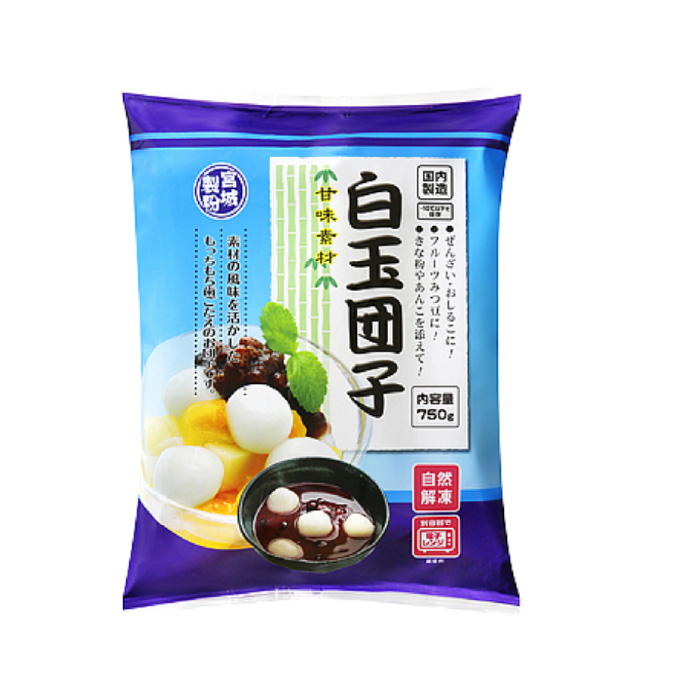
Frozen Shiratama Dango 750g
100,000đ/PACK
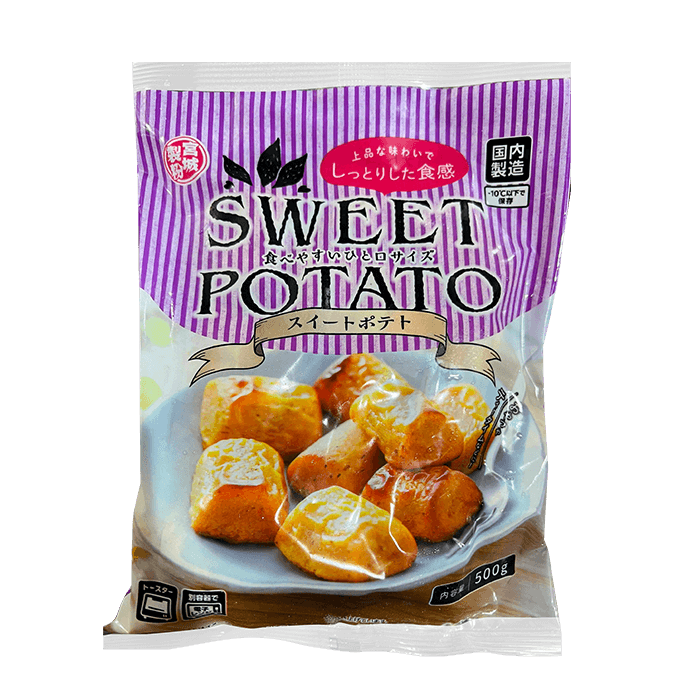
Frozen Sweet Potato Cake 500g
105,000đ/PACK
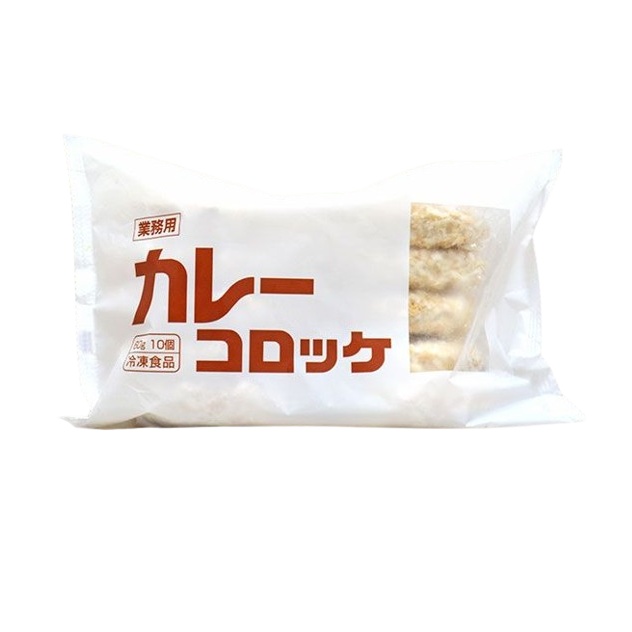
Korokke Frozen Curry Filled 600g
99,000đ/PACK
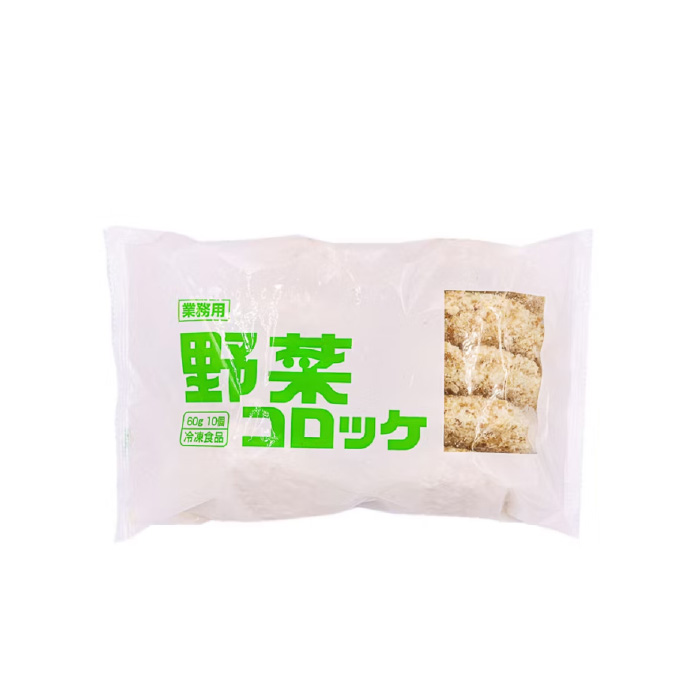
Frozen Vegetable Filled Korokke 600g
99,000đ/PACK
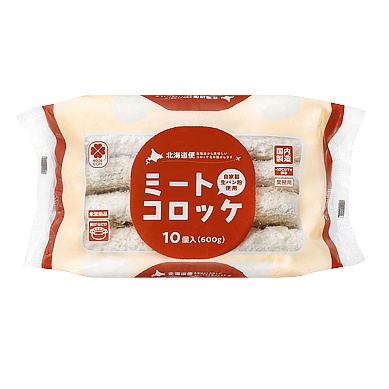
Frozen Meat Filled Korokke 600g
99,000đ/PACK
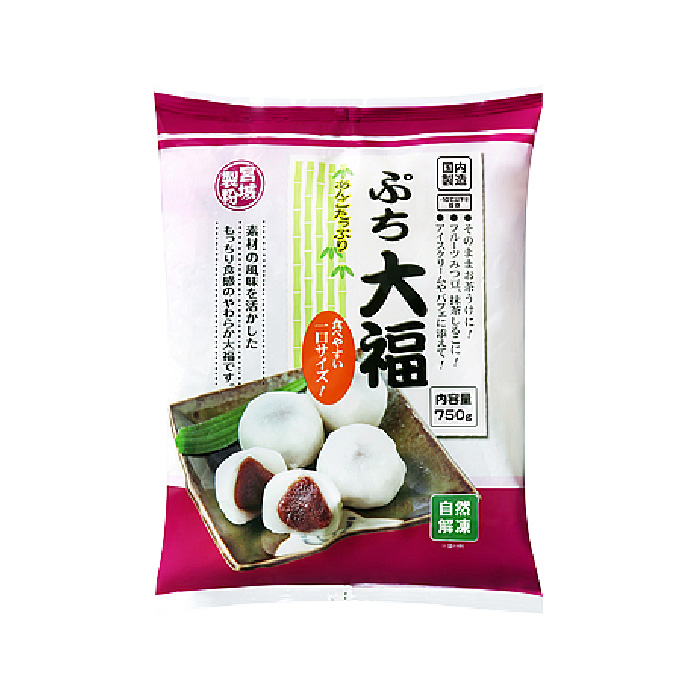
Frozen Daifuku Mochi 750g
115,000đ/PACK
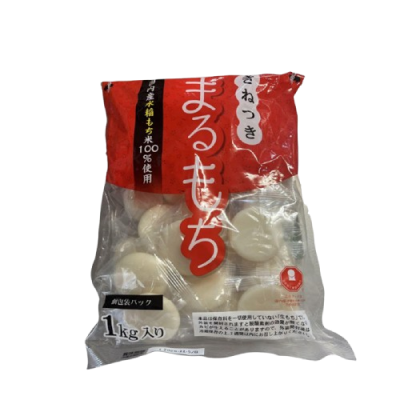
Maehara Seifun Dried Mochi 1kg
150,000đ/PACK
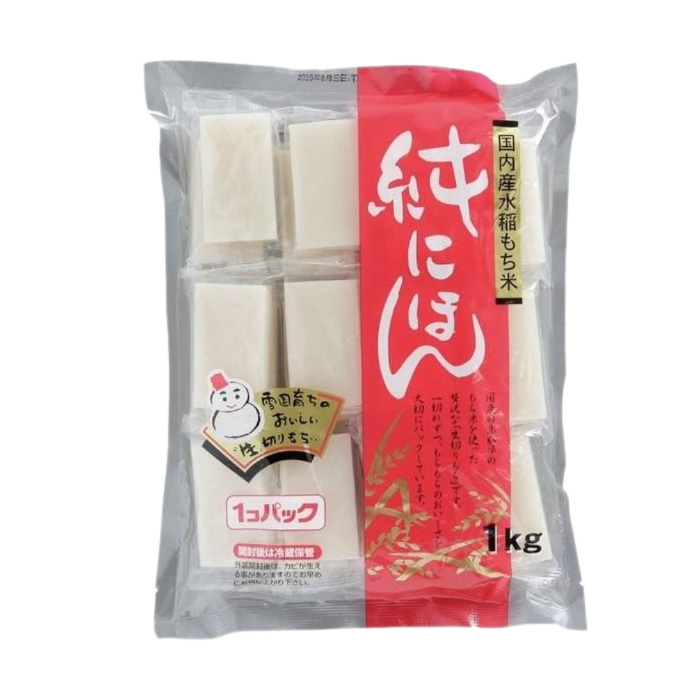
Original Flavour Mochi 1kg
145,000đ/PACK
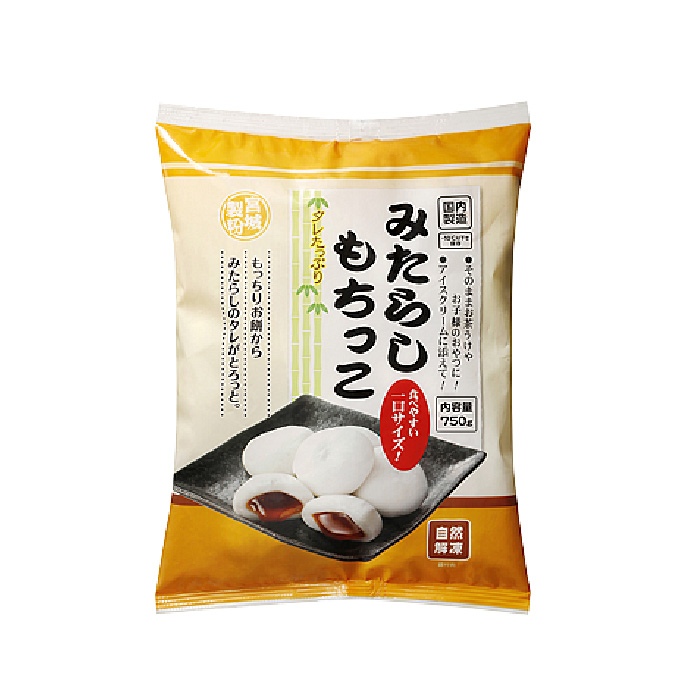
Frozen Mochi With Mitarashi Sauce Filling 750g
115,000đ/PACK
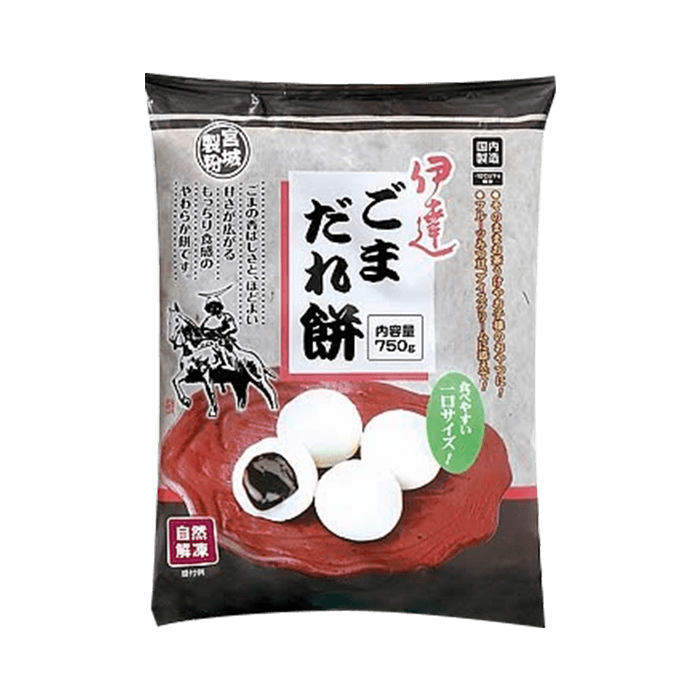
Frozen Sesame Filling Mochi 750g
115,000đ/PACK
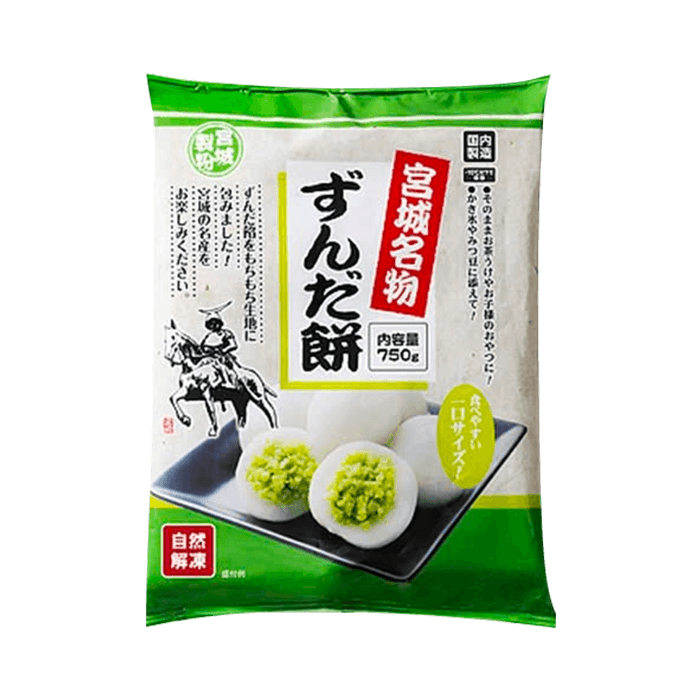
Frozen Green Bean Mochi 750g
115,000đ/PACK
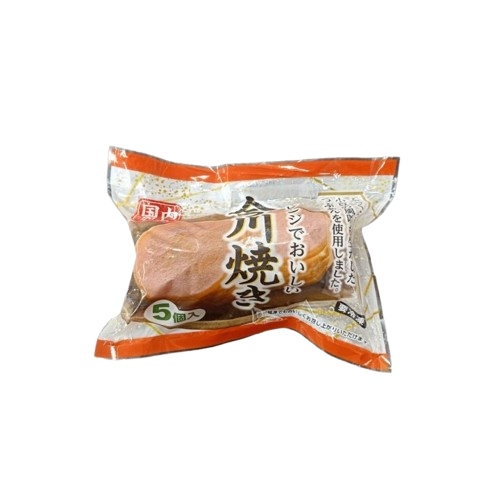
Imagawa Frozen Yaki With Red Bean Filling 400g
98,000đ/PACK

Frozen Fried Shrimp Cakes 400g
185,000đ/PACK
Participate in the exclusive Flavors of Japan event co-organized by Kamereo and Gyomu Japan in Hanoi, promising to provide F&B businesses with the opportunity to access Japanese standard ingredients and optimal, sustainable procurement solutions.
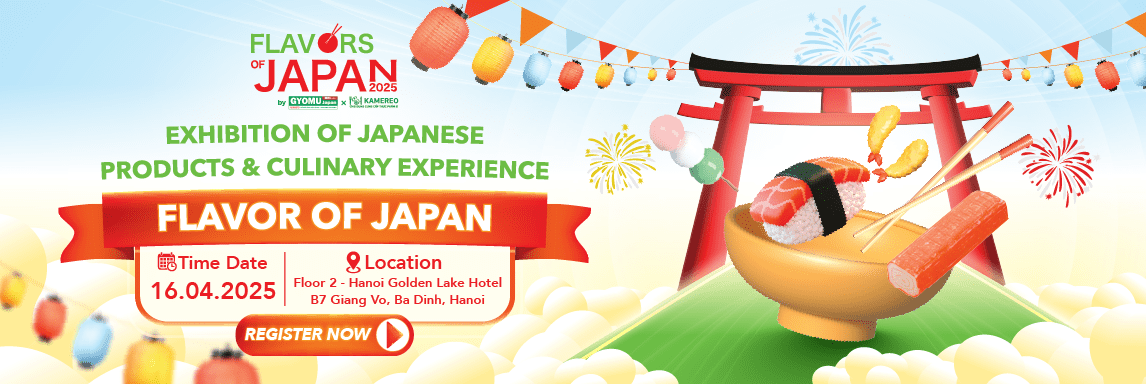
Conclusion
In general, Yakitori is an attractive street food, not only expressing the essence of Japanese cuisine but also easy to prepare at home. To have delicious, flavorful Yakitori skewers, you can find quality, good-priced ingredients at Kamereo. At the same time, don’t forget to follow the Food and Lifestyle section to update more unique and useful recipes.
See more:



